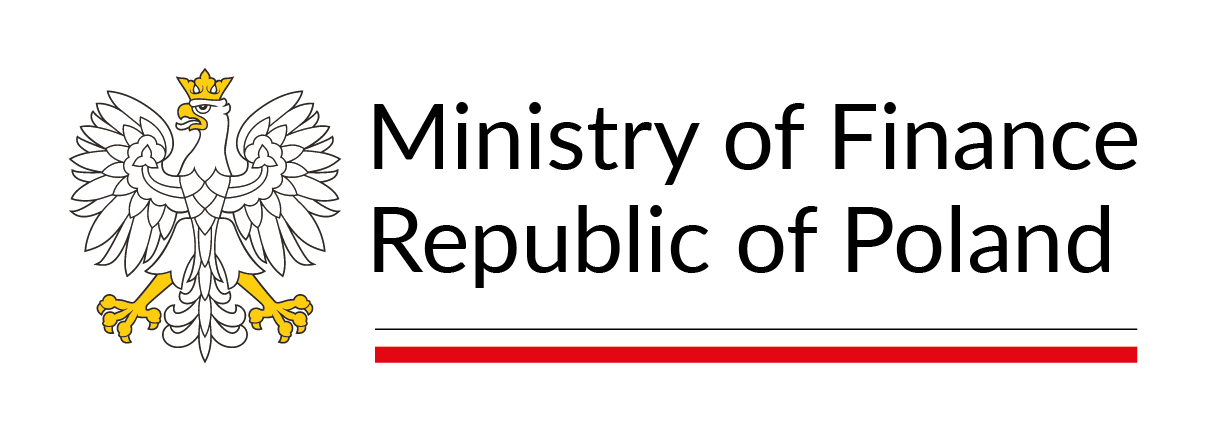No 42-2024, I. Sobiech Pellegrini, R. Chmura, J. Sawulski, T. Mętrak: Human capital and GDP projections in selected EU countries
Most long-term GDP projections in developed countries expect a substantial decline in GDP growth rates over time. The main factor behind it is demographic changes, especially the decreasing working-age population. We argue that these projections do not consider improvements in the quality of the human capital, which may, at least to some extent, mitigate the effects of the negative demographic shock. We start with a simple observation – the skills of younger age cohorts are higher than of older cohorts. Assuming that the current level of skills will be obtained also by the generations which will enter the labor market in the future, the average level of skills among the working-age population will increase. Trying to catch this effect, we use the PIAAC standardized test results to create an aggregate human capital measure, the average skill level of the work force, for 18 EU countries and project it until 2040. We show that on average at least one sixth of the negative impact of the shrinking of the working-age population can be offset by the increase in the quality of human capital and that this number can increase to three quarters in a less conservative scenario.
Materials
MF Working Papers No 42-2024MFWP_No_422024.pdf 0.67MB
